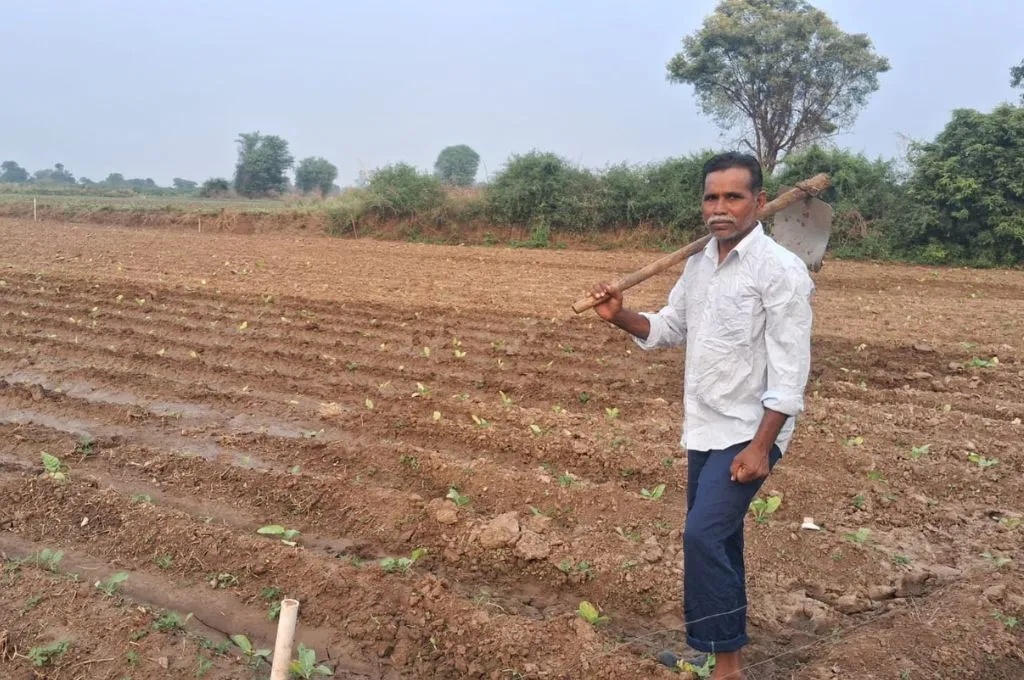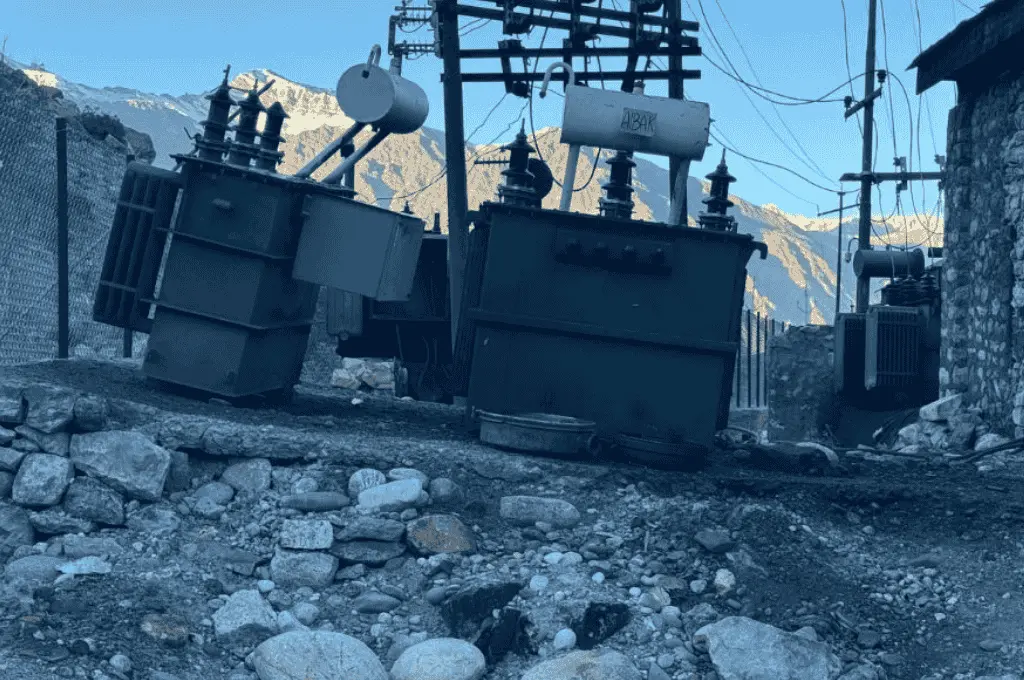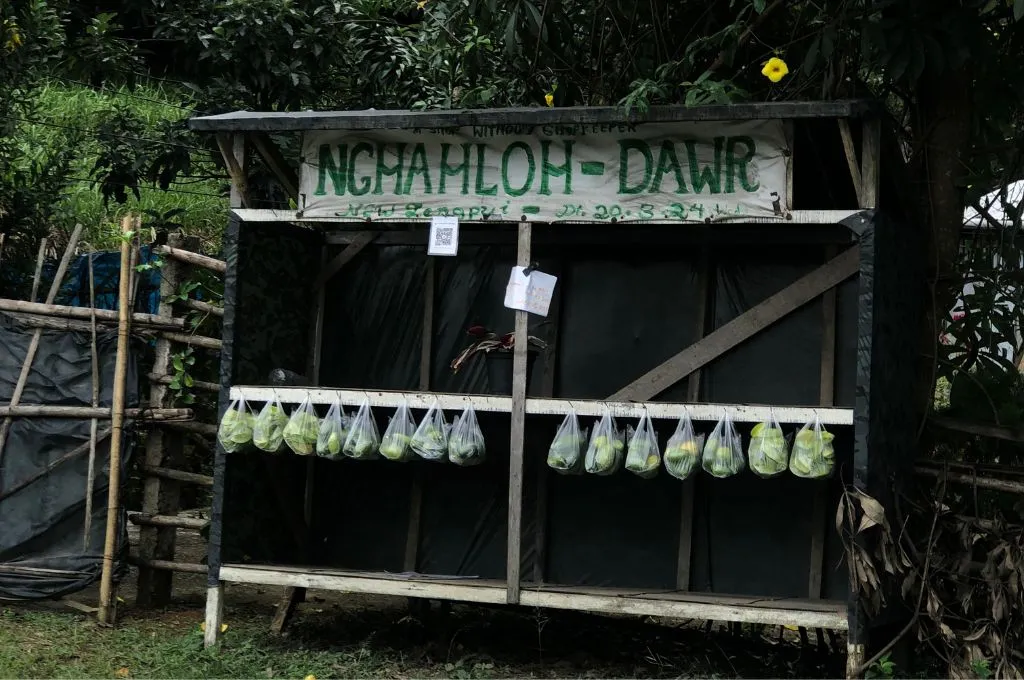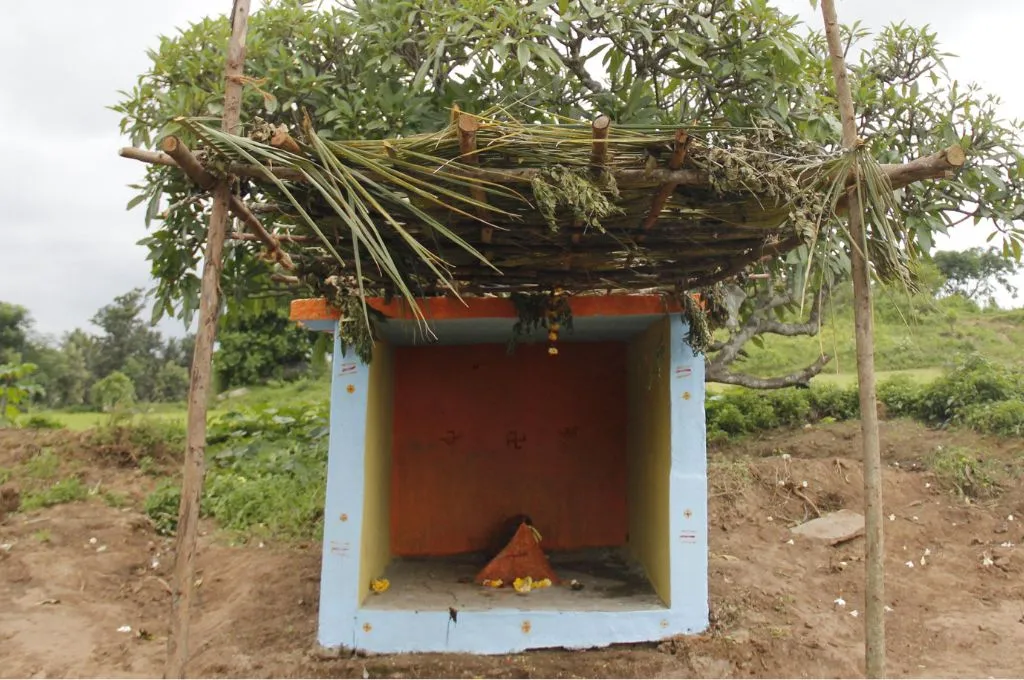READ THIS ARTICLE IN
The challenge for blind students to find good scribes
My name is Chhaya Kushwaha, and I live in Raipur, Chhattisgarh. I am a final-year BA student at Dudhadhari Bajrang Girls’ College. I am one of 125 blind girls who are associated with the National Association for the Blind – Prerna Bhavan (NABP) in Raipur, which supports our studies. While many female students from the institute have gone on to become self-reliant by working in fields such as the railways, banking, education, and music, the journey has been extremely difficult for us. The number of low-vision or blind girls who have become independent could have been much higher, but we face several challenges, the biggest being the lack of good scribes during exams.
As blind students, we cannot write our exams ourselves, so we are assigned scribes who write down the answers we dictate. But this process is not as simple as it sounds. There are strict rules for selecting scribes—for instance, the scribe must be younger than the examinee and studying in a lower grade. So, if I am taking a class 10 exam, my scribe should have passed no higher than class 8 or 9. Students in class 11 or 12 are not allowed to be scribes. These regulations are meant to ensure that the exam is conducted honestly.
Compounding the difficulty is the fact that only girls are allowed to serve as scribes for blind girls. This restriction makes it even harder for us to find someone. Often, we have to pay INR 200–500 out of our own pockets just to find someone willing to help us.
Finding a scribe is one thing, but finding a good one is another. The scribe’s writing style, their level of comprehension—everything affects our marks. We read in Braille, while our scribes write in commonly spoken Hindi or English. Sometimes, we don’t even know whether our scribes have written the answers we have dictated correctly. In my last exam, I explained every answer clearly to my scribe, but when the results came, I discovered that my music exam paper had been left blank. This affected my result.
There is also the issue of time. According to the rules, blind students are entitled to an extra hour for their exams, but many teachers are unaware of this and don’t give us the full allotted duration. It takes time to understand the questions and dictate answers to complex ones, so sometimes I end up missing a few.
When my friend Kamleshvari Verma went to a college to find a scribe, the principal there didn’t even know about these rules and refused to help. Another acquaintance, Durgeshwari Verma, who is in class 11, had to take her class 10 exam with a class 7 student as her scribe. The scribe wrote quite slowly, and her handwriting was unclear, which resulted in Durgeshwari scoring lower than what she had anticipated based on her preparation for the exam. The worst situation is when the scribe doesn’t show up at the last moment. Then we have to scramble to find someone else and often pay even more.
Our college principal, Kiran Gajpal, has taken a positive step. She announced that students from any class can serve as scribes for blind girls. But not all teachers have accepted this initiative yet.
I have just one demand—we should have the right to take our exams in Braille. This way, we can understand and write our answers properly on our own.
Vandana Pawar from NABP says that many girls get so stressed because of the challenges of finding good and reliable scribes that they even stop eating. And it’s true—when all your hard work goes to waste, it breaks your spirit. That’s why educational institutions should take this issue seriously. We don’t just want the right to study. We also want the freedom to take our exams without obstacles, without worry.
Chhaya Kushwaha is a student and is associated with the National Association for the Blind – Prerna Bhavan.
—
Know more: Learn more about how poor internet keeps education out of reach for Adivasi students.



